The Great Lakes are some of the most beautiful and largest freshwater bodies of water in the world, with a rich history and culture shaped by their immense power. But even these mighty waters can be subject to destructive forces, as evidenced by one of the deadliest storms to strike them – The November 7-10th Storm of 1913. It is considered one of the deadliest natural disasters in American history and is still remembered as a tragic event in Great Lakes.
Weather Patterns in the Great Lakes
One of the exciting things about the Great Lakes is their ability to act as sink basins. This means that when water from other areas, such as the Atlantic Ocean, flows into the Great Lakes area, it creates a sort of “reservoir” and can affect weather conditions.
The Great Lakes typically experience warm temperatures and moderate humidity in the summer. This is mainly due to the prevailing westerly winds that bring warm, moist air from the Gulf of Mexico. Thunderstorms are expected during the summer, particularly in the afternoon and evening. These thunderstorms can produce heavy rain, strong winds, and even tornadoes.
When winter arrives, the Great Lakes zone is hit with cold air from Canada, propelled by prevailing westerly winds. This typically leads to significant snowfall, especially downwind of the lakes, known as lake-effect snow. It occurs when cold air moves over the relatively warmer lake water, picking up moisture and forming clouds that produce snowfall. This can lead to significant snowfall in areas downwind of the lakes, with some areas receiving over 200 inches of snow in a single season.

One of the deadliest storms to strike – The November 7-10th Storm of 1913.
©1,000 × 570 pixels, file size: 213 KB, MIME type: image/png – License
Average Temperatures
In the summer, temperatures in the Great Lakes and surroundings can vary greatly depending on location. Closer to the lakes, temperatures are typically slightly cooler than those further away or inland. In general, temperatures during the summer months range from the low 70s to the high 80s Fahrenheit in most areas around the lakes.
In the winter, the average temperature ranges from the low 20s to the low 30s Fahrenheit. The lowest temperature in Great Lakes was -46°F, recorded at Vanderbilt, Michigan, on February 9, 1934.
The area of Great Lakes has seen extreme temperatures over the years, with record highs and lows that stand out from the average. According to NOAA, the highest temperature ever recorded in the region was 86.2 degrees at Lake Erie.
The “White Hurricane” of 1913

The storm’s effects were devastating, with many ships and boats on the Great Lakes getting caught in the rough waters and sinking. The storm resulted in the loss of more than 250 lives and caused millions of dollars in damage.
©1,556 × 1,965 pixels, file size: 2.03 MB, MIME type: image/png – License
The White Hurricane of 1913 was a massive blizzard. It affected the Great Lakes of the United States in November 1913. The storm was caused by a low-pressure system that developed in the Gulf of Mexico and moved northward, merging with a cold front from Canada. This caused heavy snowfall and high winds, resulting in a blizzard that lasted for four days in the Great Lakes and surrounding areas.
The storm’s effects were devastating, with many ships and boats on the Great Lakes getting caught in the rough waters and sinking. The storm resulted in the loss of more than 250 lives and caused millions of dollars in damage.
The cities of Cleveland and Toledo were also hit hard by the storm, with many buildings and homes destroyed. In addition, the blizzard caused widespread power outages and disrupted transportation, making it difficult for rescue and recovery efforts.
It is considered one of the most dangerous storms in the history of the Great Lakes. The storm served as a reminder of the power and danger of severe weather. The “White Hurricane” led to improved weather forecasting and disaster preparedness in the area.
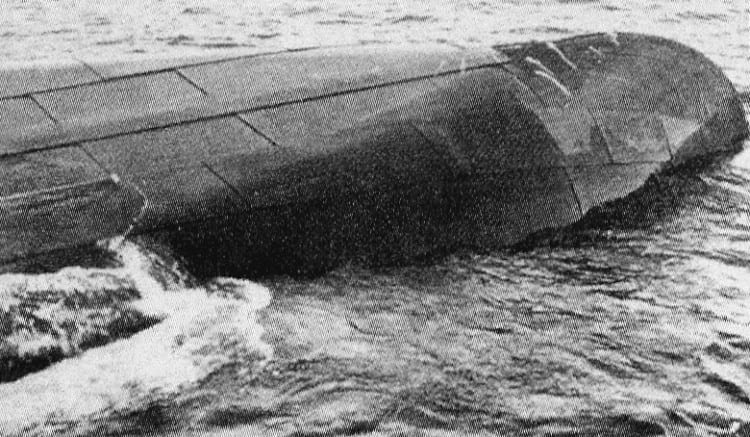
The storm caused the sinking of 19 ships, including the SS Charles S. Price. It went down with all 25 crew members on board.
©750 × 437 pixels, file size: 160 KB, MIME type: image/png – License
Casualties and Damage
The Great Lakes Storm of 1913 caused significant loss of life and damage to property. Over 250 people lost their lives in the storm, with many casualties occurring on the Great Lakes.
The storm caused the sinking of 19 ships, including the SS Charles S. Price. It went down with all 25 crew members on board. The SS Novadoc sank and lost 19 lives. In addition, many other ships and boats were stranded and damaged. Crew members were forced to abandon those ships to try to make their way to safety amid the raging storm.
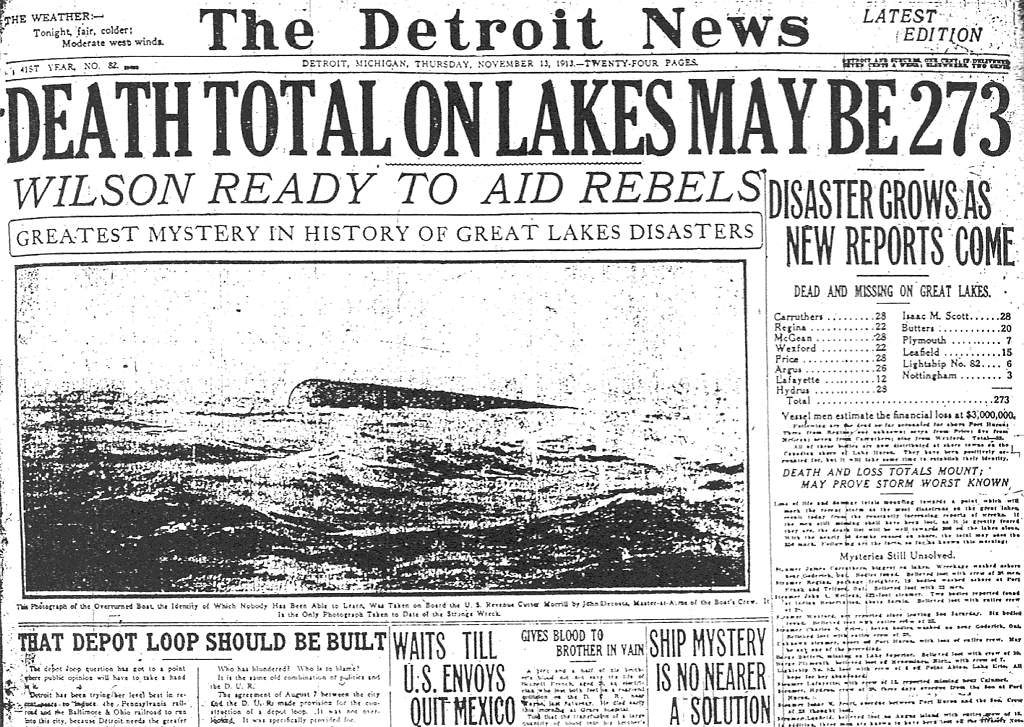
This storm is considered one of the most dangerous storms in the history of the Great Lakes.
©3,500 × 2,484 pixels, file size: 827 KB, MIME type: image/png – License
On land, the storm caused widespread power outages and communication failures, making it difficult for people to receive warnings or seek help. It caused immense economic damage, estimated at over $6 million.
The storm disrupted the shipping industry on the Great Lakes for many months, resulting in hundreds of vessels being stranded or damaged. This led to substantial losses in cargo, with products such as grain, coal, and lumber lost or irreversibly damaged.
Additionally, the storm caused long-term economic disruption as communities were isolated until the roads and rail lines could be cleared.
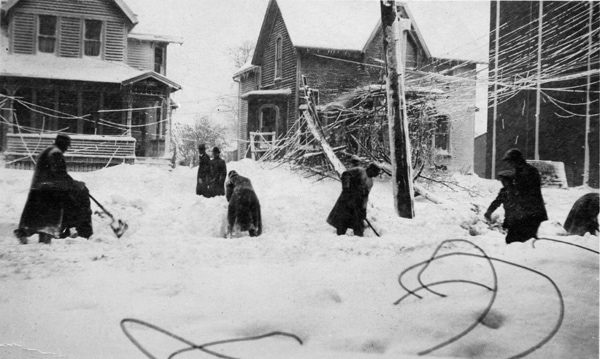
The blizzard caused widespread power outages and disrupted transportation in Cleveland and Toledo, making it difficult for rescue and recovery efforts.
©600 × 359 pixels, file size: 140 KB, MIME type: image/jpeg – License
Wildlife of the Great Lakes
The Great Lakes region is home to various wildlife species, including birds, mammals, reptiles, and fish. During the Storm of 1913 in the Great Lakes, these animals were impacted by the strong winds, heavy snowfall, and huge waves that swept through the area.
Birds
Birds, particularly waterfowl, were most affected by the storm. Herring gulls, ring-billed gulls, and cormorants, were forced to leave their nesting grounds or seek shelter. Many birds were stranded or drowned in the storm-tossed waters, while others simply had to cope with the extreme weather conditions.
Many birds were killed in the strong winds and heavy snowfall, while others likely had difficulty navigating the rough seas and were stranded or injured by waves.
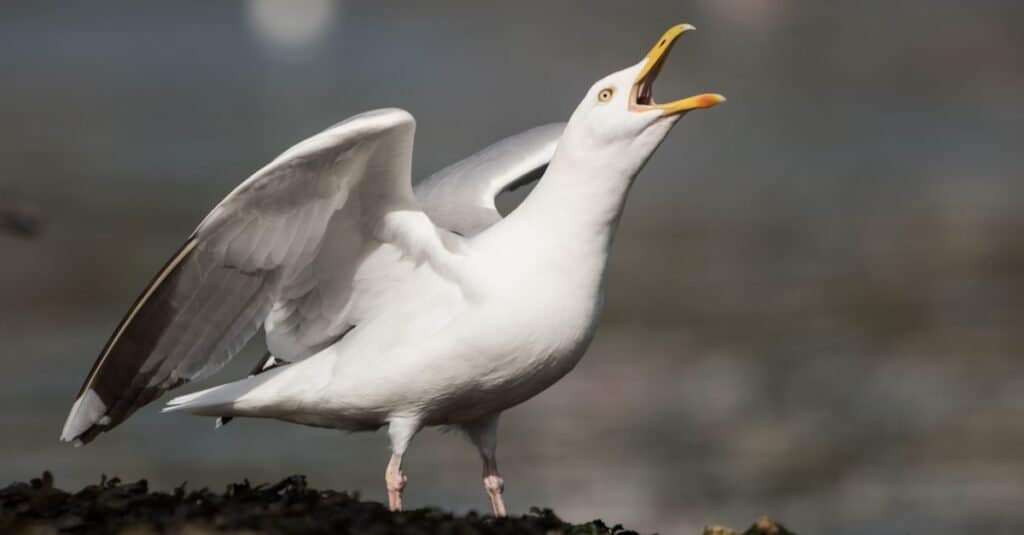
Birds, particularly waterfowl, were most affected by the storm.
©Maciej Olszewski/Shutterstock.com
Fish
Large numbers of fish and other aquatic species in the Great Lakes were killed due to the huge waves washing them ashore. Additionally, the disruption of habitats, such as spawning grounds and nursery areas, caused by the storm led to a decrease in fish populations.
The turbulent waters caused by the storm made it difficult for fish to locate food. Many struggled to survive.
Furthermore, the storm caused a dramatic decrease in water clarity. With suspended sediment, it made it harder for fish to locate prey.
The impacts of the storm on wildlife were not limited to the immediate aftermath. The disruption to the shipping industry caused by the storm resulted in an increased risk of oil spills. Notably, large quantities of oil spilled into Lake Michigan and other parts of the Great Lakes system. This had a devastating effect on aquatic life, killing thousands of fish and other species.
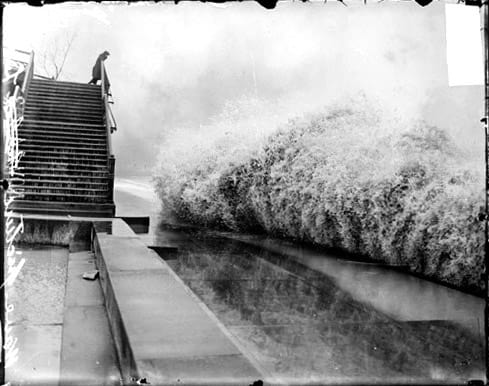
The turbulent waters caused by the storm made it difficult for fish to locate food. Many struggled to survive.
©489 × 386 pixels, file size: 57 KB, MIME type: image/jpeg – License
Mammals and Reptiles
The storm also affected mammals and reptiles in the Great Lakes region. Many mammals, such as deer, raccoons, beavers, and muskrats, sought shelter from the strong winds and heavy snowfall. The storm also affected reptiles and amphibians, particularly turtles and salamanders, which were washed ashore by the enormous waves.
Food was also scarce for some mammals and reptiles due to extreme conditions. Frozen ground or lack of vegetation were the major contributors.
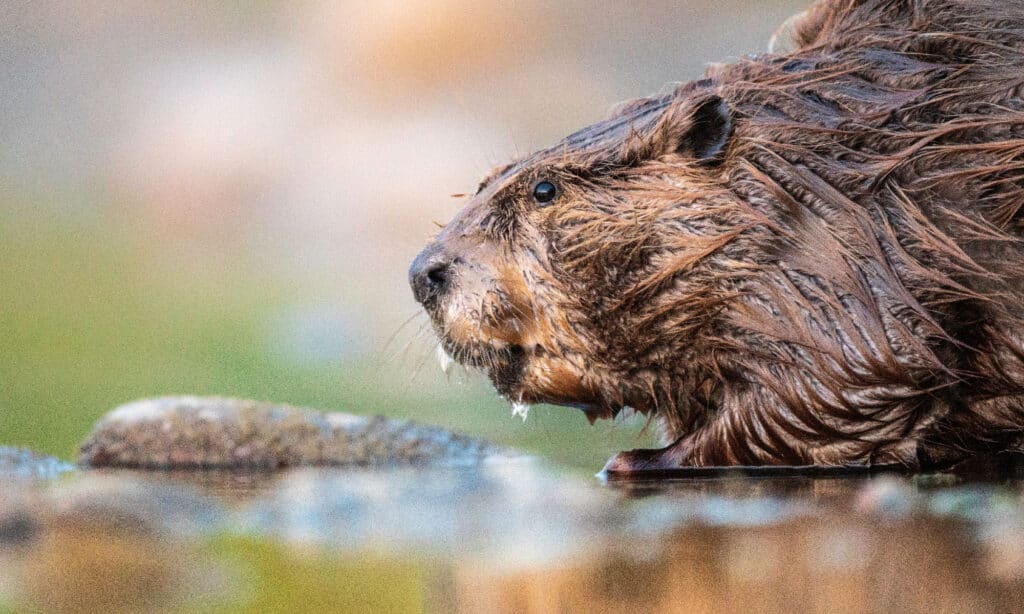
Many mammals, such as deer,
raccoons
, beavers, and muskrats, sought shelter from the strong winds and heavy snowfall.
©Layne VR/Shutterstock.com
How Wildlife May Have Fared During the Storm
The storm of 1913 was undoubtedly one of the most destructive natural disasters ever to strike the Great Lakes region. It lead to significant economic and environmental disruptions. The impact on wildlife was devastating, with many species killed or forced to abandon their homes in search of shelter.
Many birds were killed or forced to abandon their nests. The fish populations suffered due to habitat disruption and reduced water clarity. Additionally, mammals and reptiles were forced to seek shelter from the storm or face starvation due to the lack of food.
However, the resilience of nature is evident in how most species have been able to recover and thrive, despite the severe impact of the storm.
The “White Hurricane” of 1913 reminds us of nature’s power. Also the need to be mindful of our environment to protect wildlife and ecosystems. We hope this article helps to remind us all of how important it is to ensure that disasters like this are less likely to occur in the future.
Up Next
- Watch a Powerful Storm Pound Lake Superior and the Great Lakes
- Discover the Biggest Blizzard to Ever Hit New York City
- How Old are the Great Lakes?
The photo featured at the top of this post is © Craig Hinton/Shutterstock.com
FAQs (Frequently Asked Questions)
When did the greatest storm to affect the Great Lakes region occur?
The White Hurricane of 1913 was a massive blizzard. It affected the Great Lakes of the United States in November 1913.
How many lives were lost during this storm?
The Great Lakes Storm of 1913 caused significant loss of life and damage to property. Over 250 people lost their lives in the storm, with many casualties occurring on the Great Lakes.
Thank you for reading! Have some feedback for us? Contact the AZ Animals editorial team.






